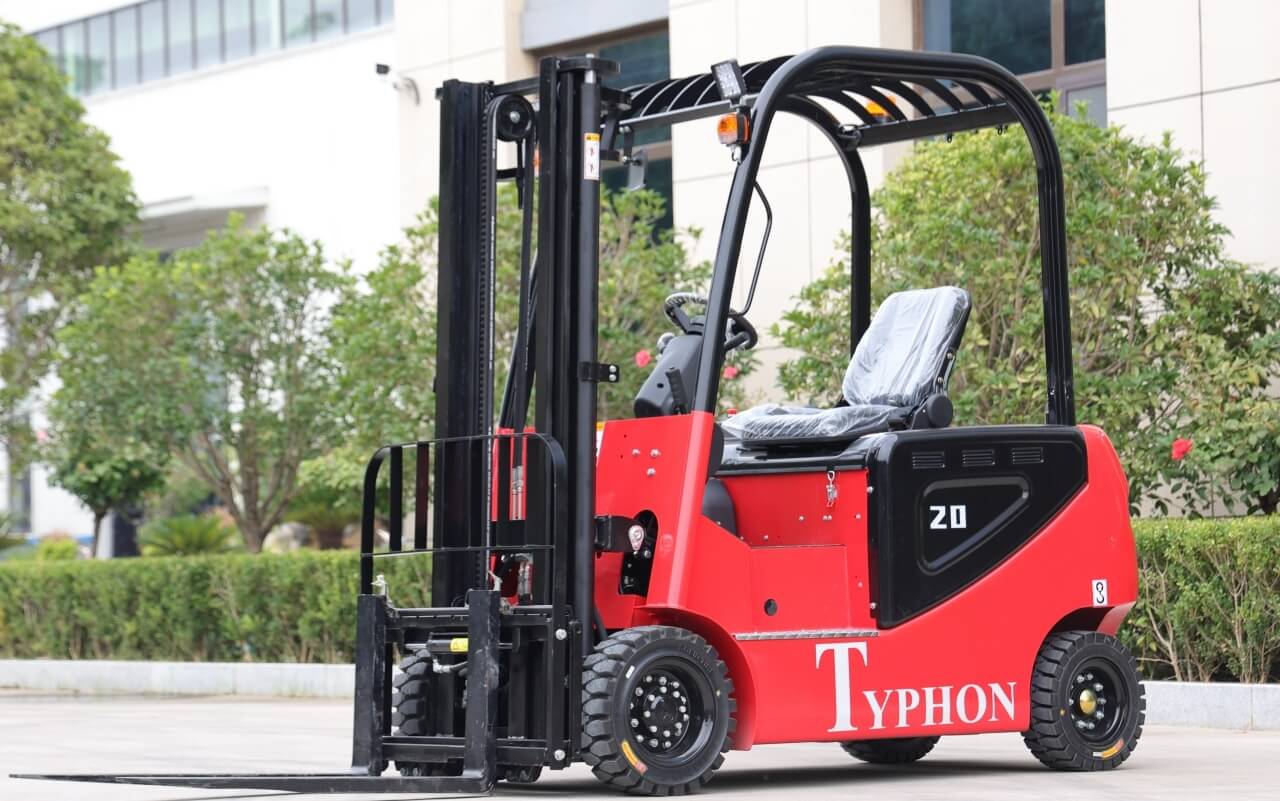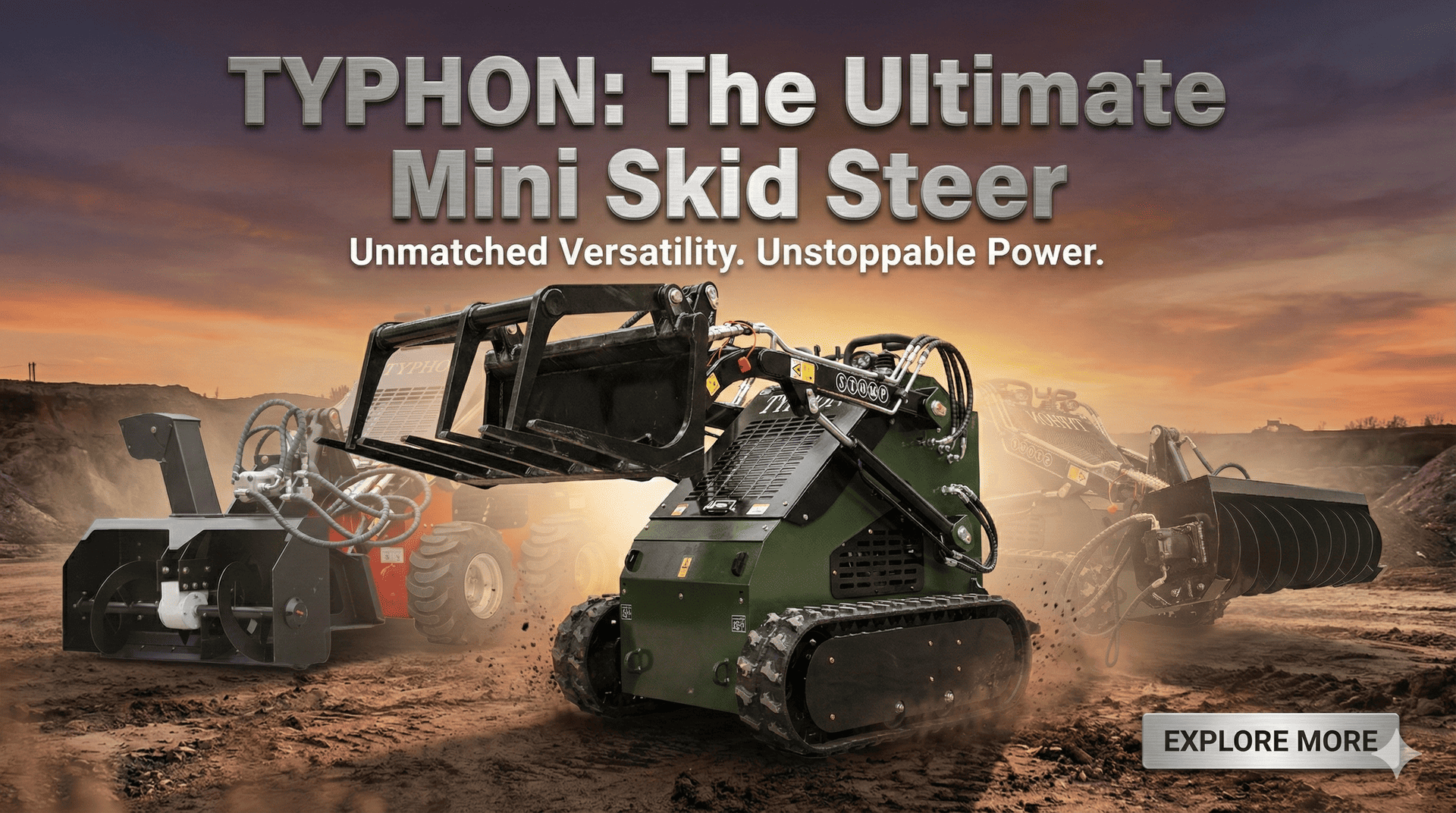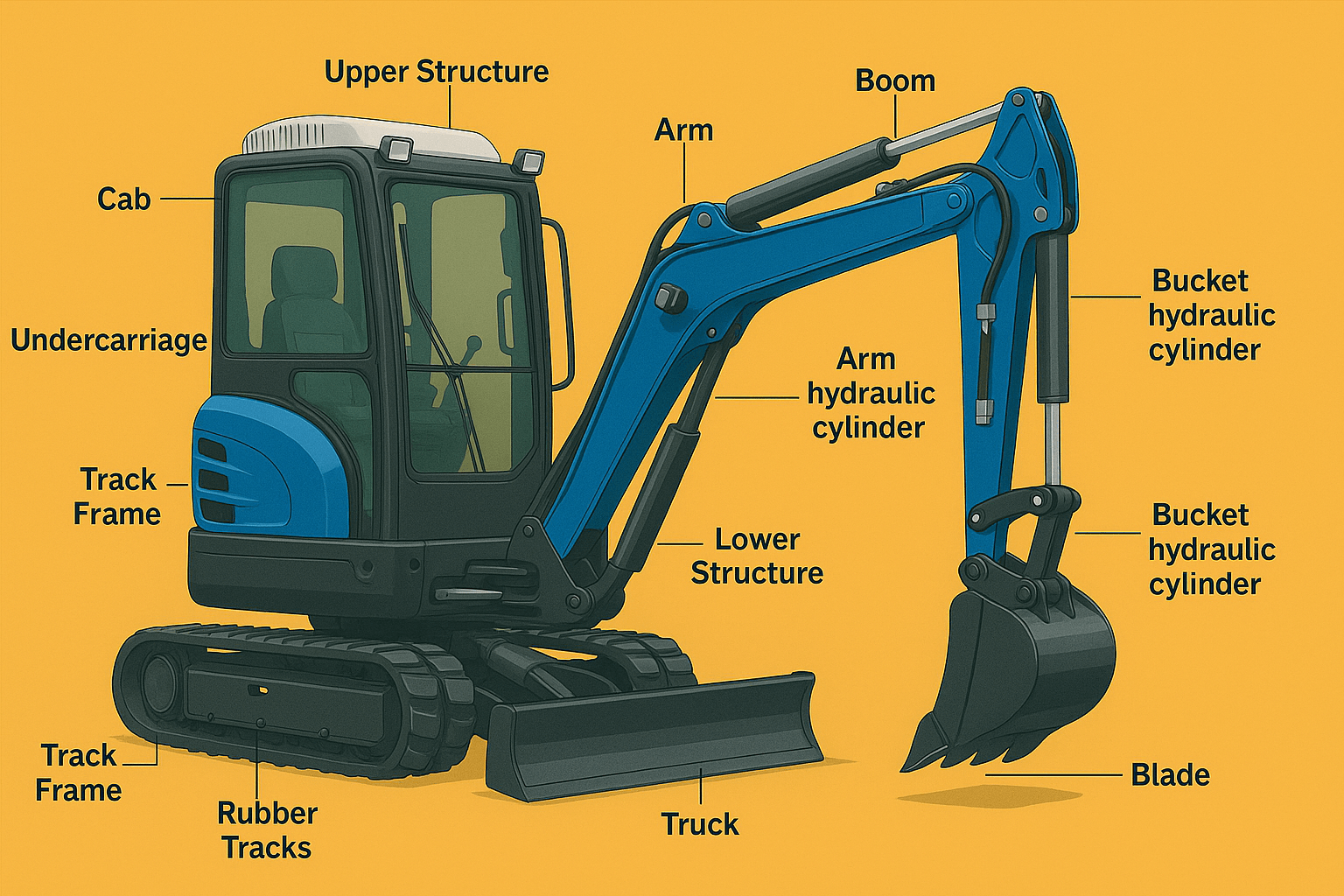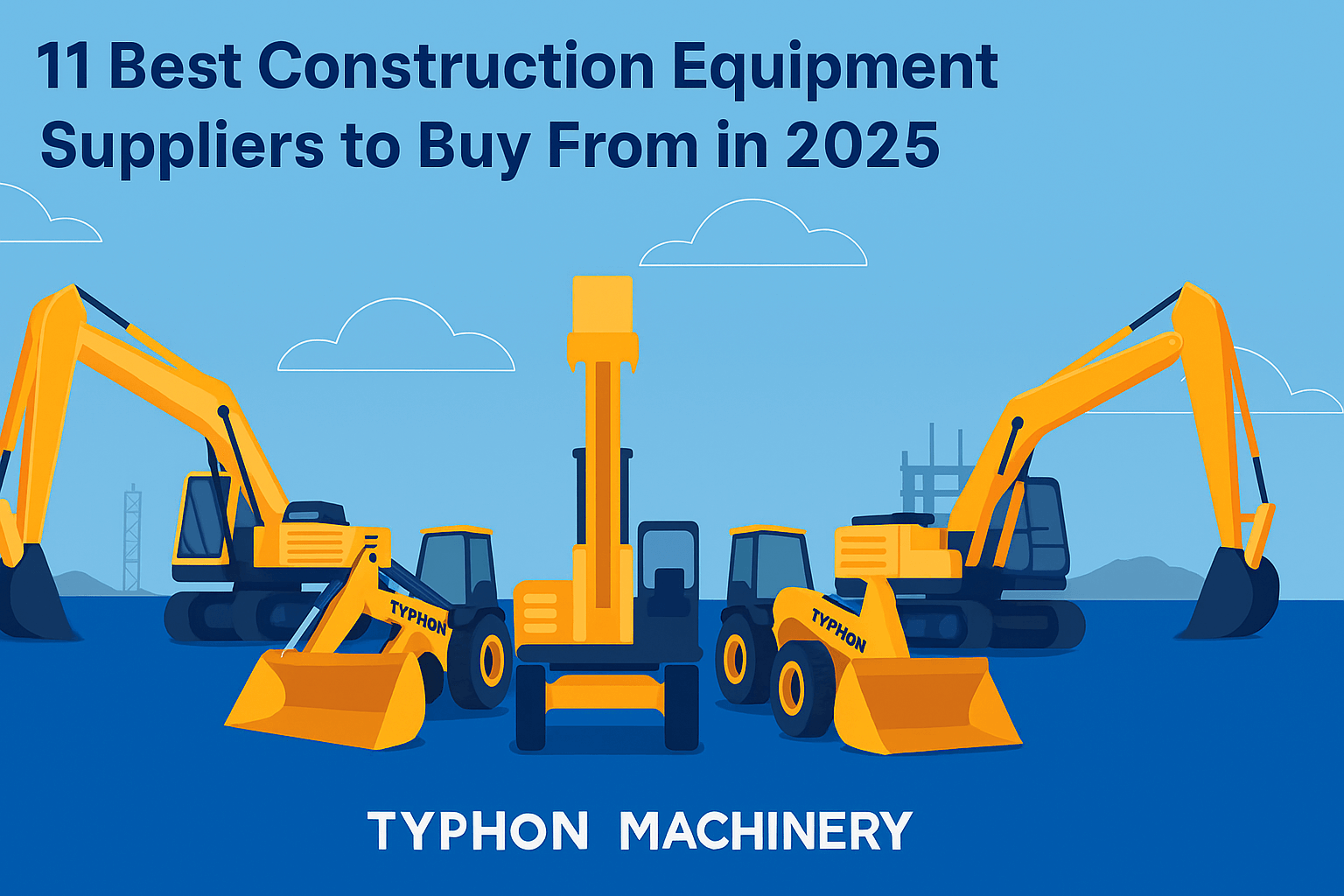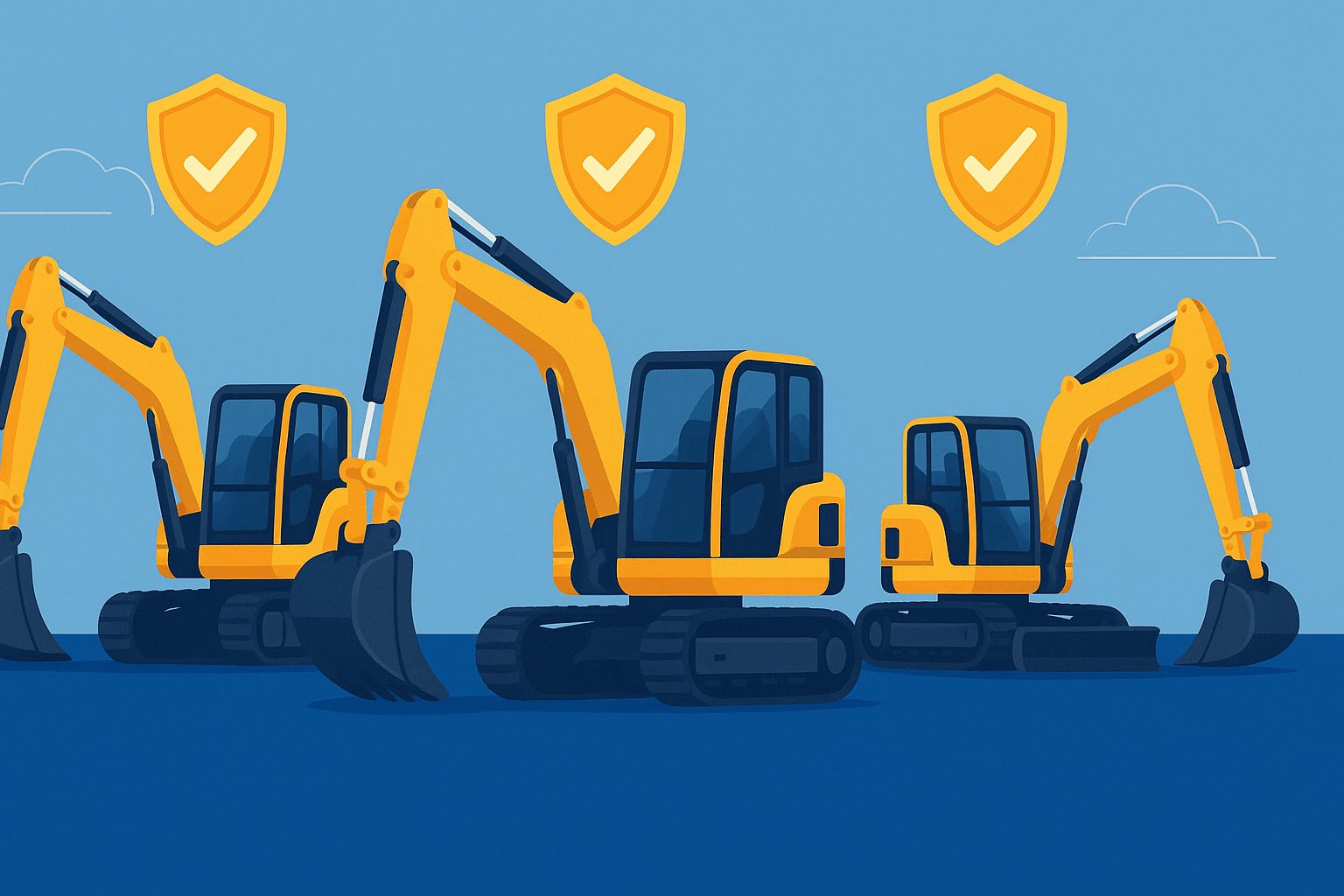Forklifts are essential for daily operations in warehouses, construction sites, and factories, but storing them correctly is just as important as their use. Improper storage can lead to mechanical issues, safety hazards, and costly repairs. Whether you’re parking for short-term use or preparing it for long-term storage, following the correct procedures is crucial to ensuring its longevity and performance.
In this blog, we’ll explore the forklift storage requirements, offering a step-by-step guide on how to park, clean, and inspect your forklift for both short-term and long-term storage.
1. Short-Term Storage: How to Park and Maintain Your Forklift
After a day’s work, it’s essential to follow a specific process when parking your forklift. Cleaning, inspecting, and storing it properly can prevent long-term damage and ensure it’s ready for the next use.
A. Clean the Forklift Before Storing It
Before parking your machine, make sure to give it a thorough cleaning. This not only removes dirt and debris but also helps in spotting any underlying issues.
- Grease and Oil Removal: Use an old cloth to wipe off any grease, engine oil, or grime from the body. If needed, use water to clean tougher spots.
- Visual Inspection: As you clean, inspect for visible damage such as dents, tire wear, and embedded objects like nails or stones in the tires.
Pro Tip: Cleaning regularly prevents rust and corrosion, especially around the engine and exposed parts.
B. Inspect Before Storage
After cleaning, you should perform a comprehensive inspection to ensure the forklift is in good condition. This will prevent future breakdowns and ensure safe operation once it’s back in use.
- Fuel and Fluids: Fill the fuel tank with the specified fuel and check for any hydraulic oil, fuel, or coolant leaks.
- Lubrication: Apply lubricating oil to necessary parts, including the mast and moving components.
- Loose Bolts and Nuts: Inspect the nuts and bolts, especially around the wheels and hub nuts, to ensure everything is tight and secure.
- Mast Sprocket: Ensure the mast sprocket rotates smoothly. A malfunctioning sprocket can cause lifting issues and damage to the forklift’s load-bearing components.
C. Securely Park the Forklift
When parking your machine for short-term storage, choose a flat, dry area away from high traffic zones. This prevents any accidental collisions or damage from environmental factors.
Pro Tip: If it will be idle for a few days, make sure to engage the parking brake and lower the forks to the ground.
2. Long-Term Forklift Storage: Preventing Wear and Tear Over Time
If your forklift will be out of use for an extended period, special precautions need to be taken. Long-term storage requires additional steps to protect your equipment from environmental factors and mechanical degradation.
A. Parking the Forklift for Long-Term Storage
To prepare your machine for long-term storage, follow these critical steps:
- Location: Always park your forklift on high and hard ground, particularly during the rainy season. Avoid soft ground like asphalt during hot summer months, as it may sink or damage the tires.
- Indoor Storage: If parking indoors, remove the battery from the forklift. Store the battery in a dry, cool place, especially in environments with high humidity or extreme temperatures. To keep the battery in good working condition, charge it at least once a month.
- Rust Prevention: Apply rust inhibitors to exposed and easily rusted parts of the forklift, especially if it will be stored in humid conditions or near the coast.
Pro Tip: Regular battery maintenance and rust prevention are key to ensuring your forklift is ready for use after long-term storage.
B. Additional Maintenance During Long-Term Storage
Apart from regular cleaning and inspection, long-term storage requires more intensive maintenance to prevent wear and tear. This includes:
- Transmission and Gear Care: Drain the oil in the transmission clutch, differential, and final reduction gear. Clean the inner surfaces and then refill them with fresh oil. This prevents contaminants from damaging internal components during storage.
- Hydraulic System: Remove any impurities or water from the hydraulic oil tank to avoid corrosion and clogging.
- Cover Components: Use protective coverings for each component and exposed part of the forklift to protect them from dust, debris, and environmental damage.
Pro Tip: If your forklift will be stored in a location prone to moisture, regularly inspect it during storage to ensure no rust or corrosion forms on critical parts.
3. Restarting the Forklift After Long-Term Storage
After long-term storage, it requires careful preparation before returning to operation. Simply turning it on without following proper procedures can result in mechanical failure or safety hazards.
A. Removing Protective Covers and Rust Inhibitors
Before operating again, remove any coverings from the components and exposed parts. Additionally, wipe off any rust inhibitors applied during storage to prevent interference with moving parts.
B. Fluid Replacements and Checks
- Transmission and Gearbox: After draining the old oil, refill the transmission, differential, and reduction gears with fresh oil. Make sure all surfaces have been properly cleaned before doing so.
- Hydraulic System: Drain any water or impurities that may have accumulated in the hydraulic oil tank. Refill it with fresh oil if necessary.
C. Battery Reinstallation
- Battery Charging: Fully charge the battery and carefully reinstall it, ensuring all cables are properly connected. Batteries stored in high-temperature or high-humidity conditions should be closely inspected for damage before reinstallation.
D. Pre-Work Inspection and Warm-Up
Perform a complete pre-work inspection, as you would before any shift, to ensure the forklift is fully operational. Warm up the engine to ensure the vehicle functions smoothly, paying attention to any unusual sounds or behavior during operation.
Conclusion: Proper Forklift Storage Ensures Longevity and Safety
By following the correct storage requirements for forklifts, you not only extend the life of your equipment but also create a safer work environment for operators. Whether you’re parking for short-term use or preparing it for long-term storage, taking the time to clean, inspect, and maintain it will save you time, money, and potential hazards in the long run.
Remember, proper storage isn’t just about parking it in a safe location—it’s about ensuring that every part of the machine is prepared for future use. From rust prevention to battery care, every step matters in keeping your forklift in top working condition.

